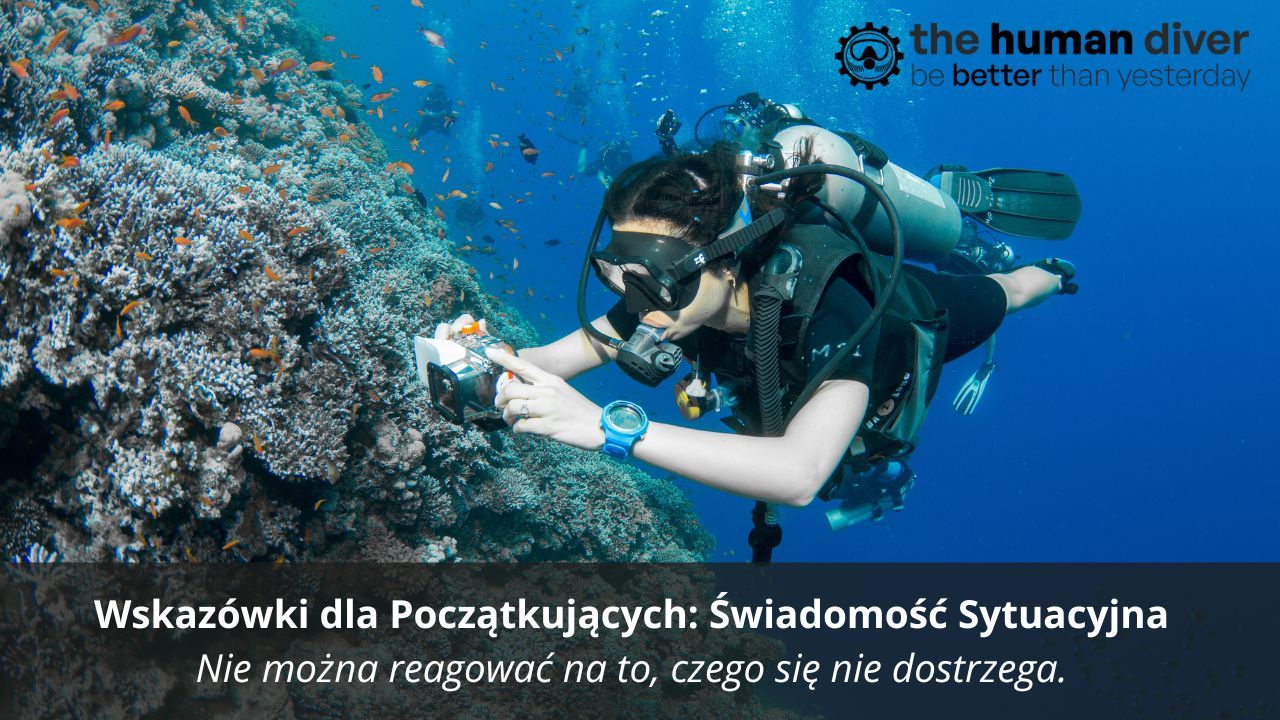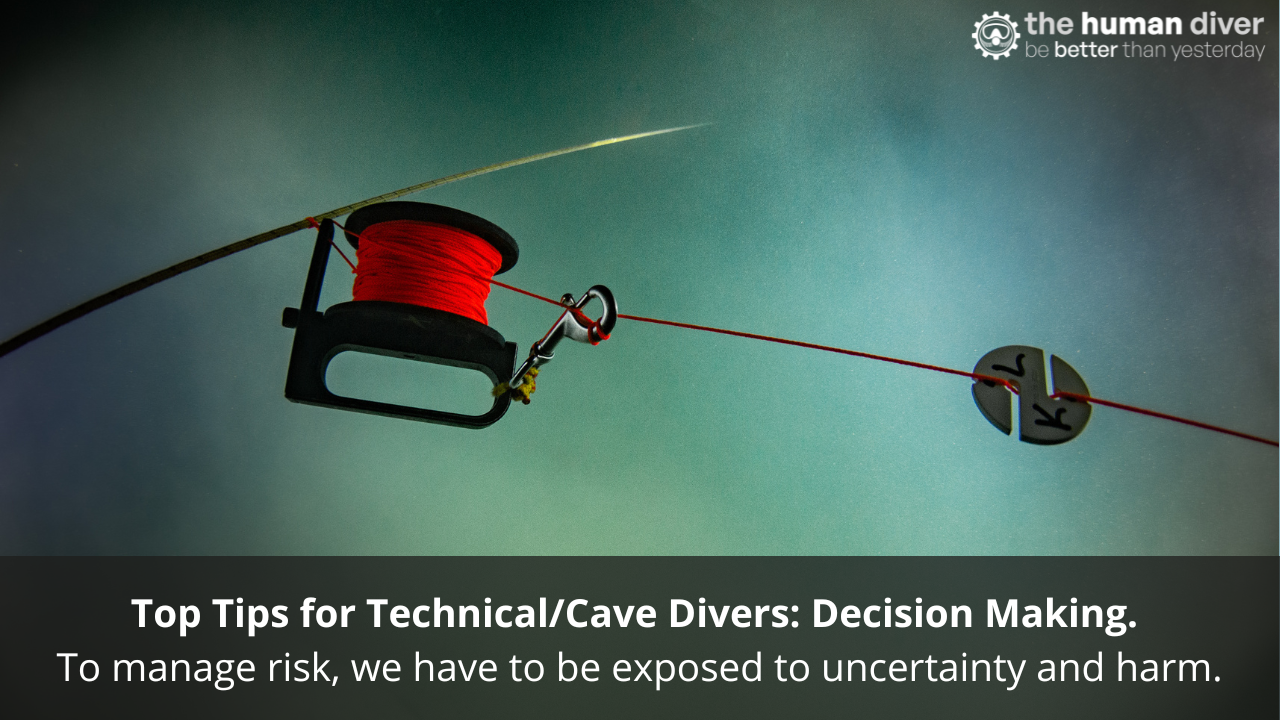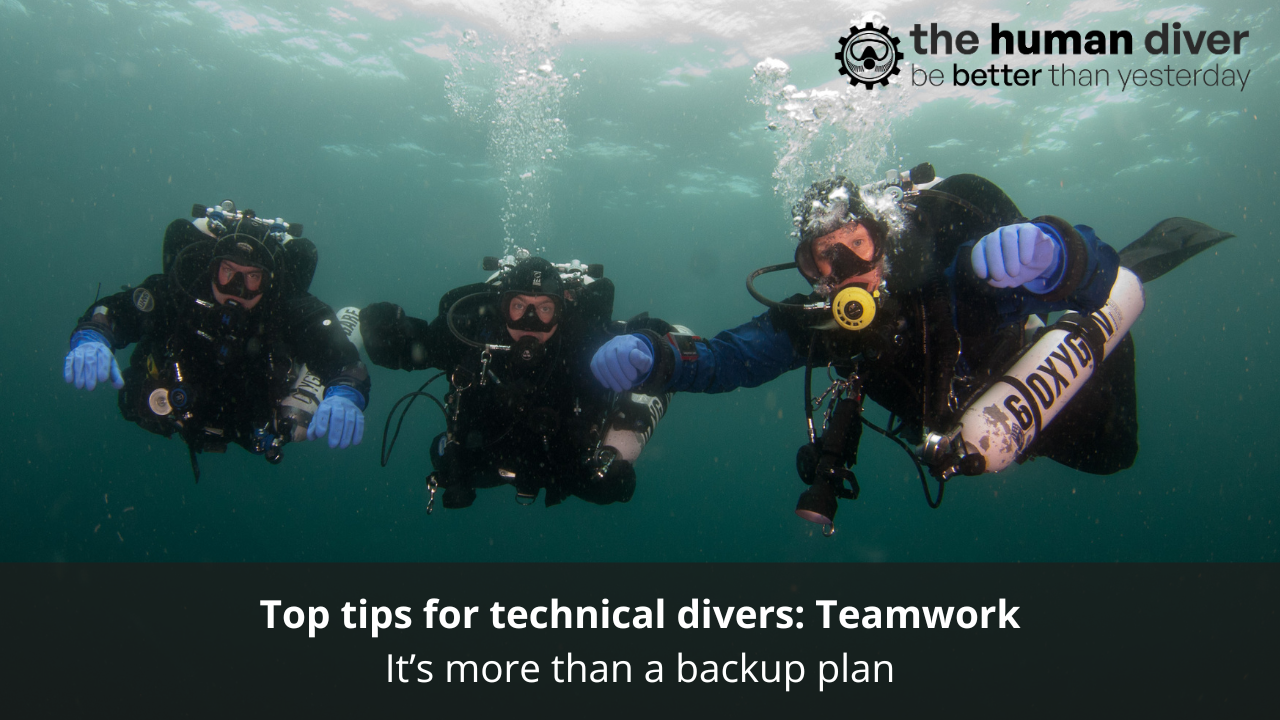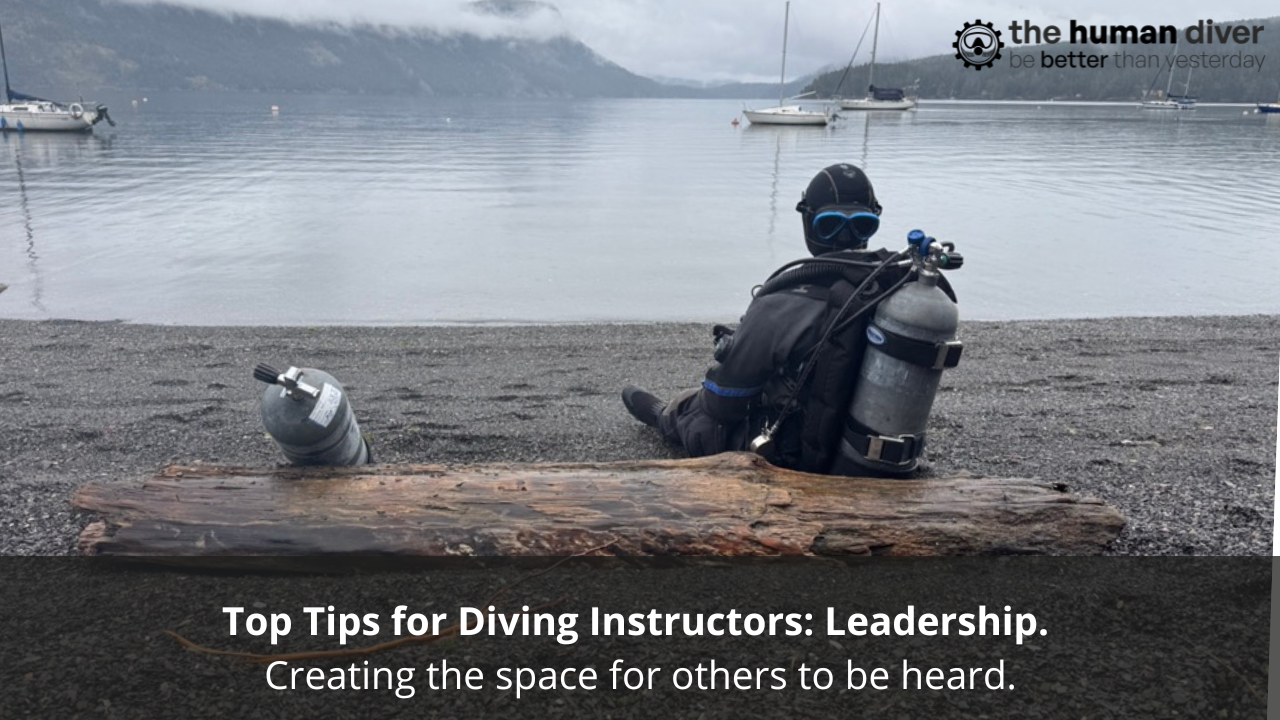
The Status Quo Bias. We don’t like to change
May 08, 2022In 1985, Coca Cola unveiled “New Coke” which was a reformulation of the original Coke flavour. Blind tests found that many consumers preferred New Coke to Coke Classic. However, when consumers were choosing which Coke to buy, they chose Coke Classic. New Coke was ultimately discontinued in 1992.
In the 1990s, citizens in the States of New Jersey and Pennsylvania were given two options for their automotive insurance: an expensive option and a cheap option. In New Jersey the cheaper option was the default and was selected by most citizens whereas, in Pennsylvania, the opposite was the case - most people chose the expensive option which was their default.
These are both classic examples of the Status Quo Bias which refers to the phenomenon of preferring that one’s environment and/or situation remains as it already is. We tend to prefer familiar choices over less familiar, but potentially more beneficial, options.
When Nitrox was first introduced in the 20th century, it was largely shunned by the diving world and it took quite a few years before training agencies started widely promoting it in the mid-90s. During those years, the science behind why nitrox was better than air (in terms of reducing the risk of Decompression Sickness) didn’t change but people were still very reluctant to start using something new that was less familiar. This could be considered the Status Quo bias among a whole group of people rather than just individuals.

People also tend to feel more regret for bad outcomes that result from a new action or decision than bad outcomes resulting from inaction. i.e. maintaining the Status Quo (Kahneman & Tversky 1982).
Maintaining the Status Quo is also more likely to occur when there is choice overload (Dean et al., 2017) or lots of uncertainty and/or costs to consider (Nebel, 2015)
Why does this behaviour matter to diving?
Dive site routes
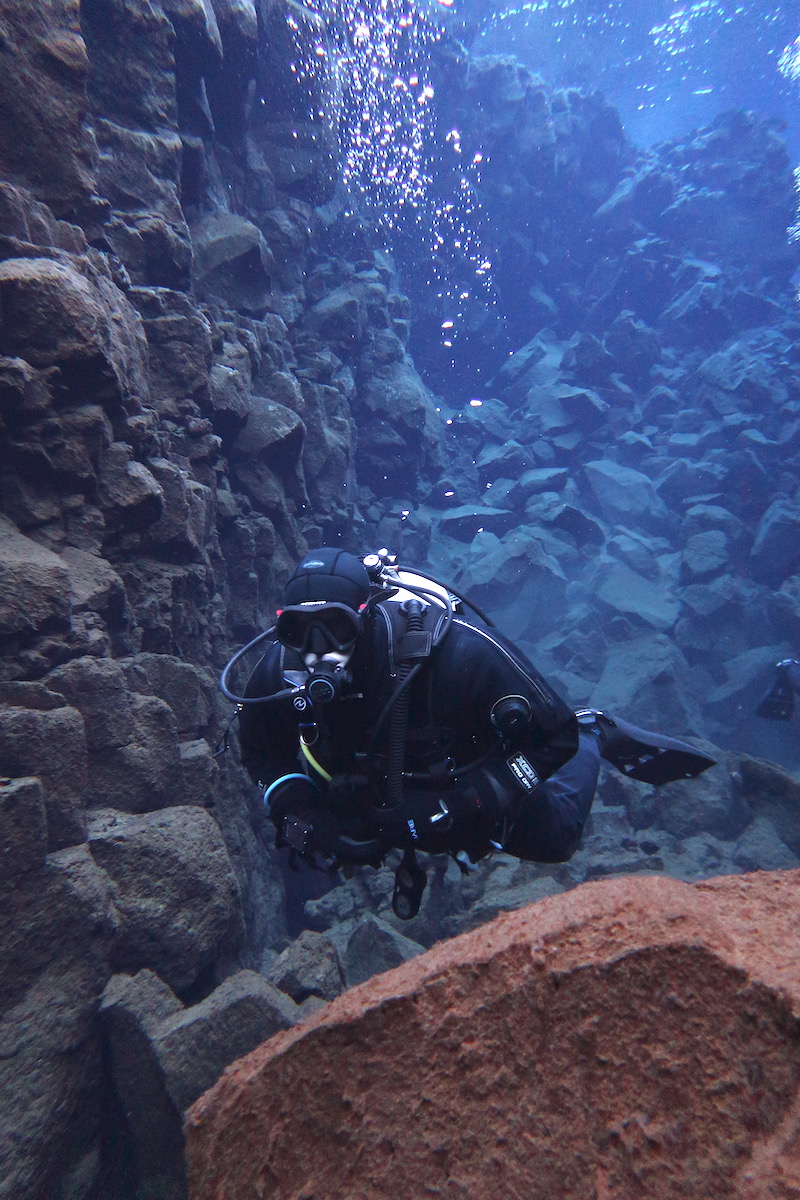
I often visit a local shore diving site which, among other things, is renowned for its sponge gardens, rocky ledges and large shoals of fish. If I’m leading the dive, I tend to follow the same route which roughly involves working my way down to about 22m just before slack high water then coming back shallow and exploring some of the rock ledges before the outgoing tide gets too strong. I do this route because I know it works, it is safe and will usually allow me to get to see some cool stuff. I am aware that there are other options and things to see at this dive site. What I ought to do is talk to and dive with other divers more often who know the site better than me so I can have alternate routes to provide more variety.
Equipment
Once we have our equipment set up in a certain way, changing it can feel uncomfortable. As a personal example, I could never quite get my head around the concept of donating the reg out of my mouth (on a long hose) to a diver who was out of gas. To me, this technique increased the risk of having two divers without regs in their mouths at the same time which just seemed illogical. However, after discussing it with many people via social media to try and gain as much information as I could I am now an advocate and have changed my setup accordingly. This particular example will doubtless divide opinion until we evolve and grow gills. Regardless of the specific situation, keep an open mind. We don’t know what we don’t know. However, what we do know is that there is almost certainly someone out there who can help us improve our knowledge more!
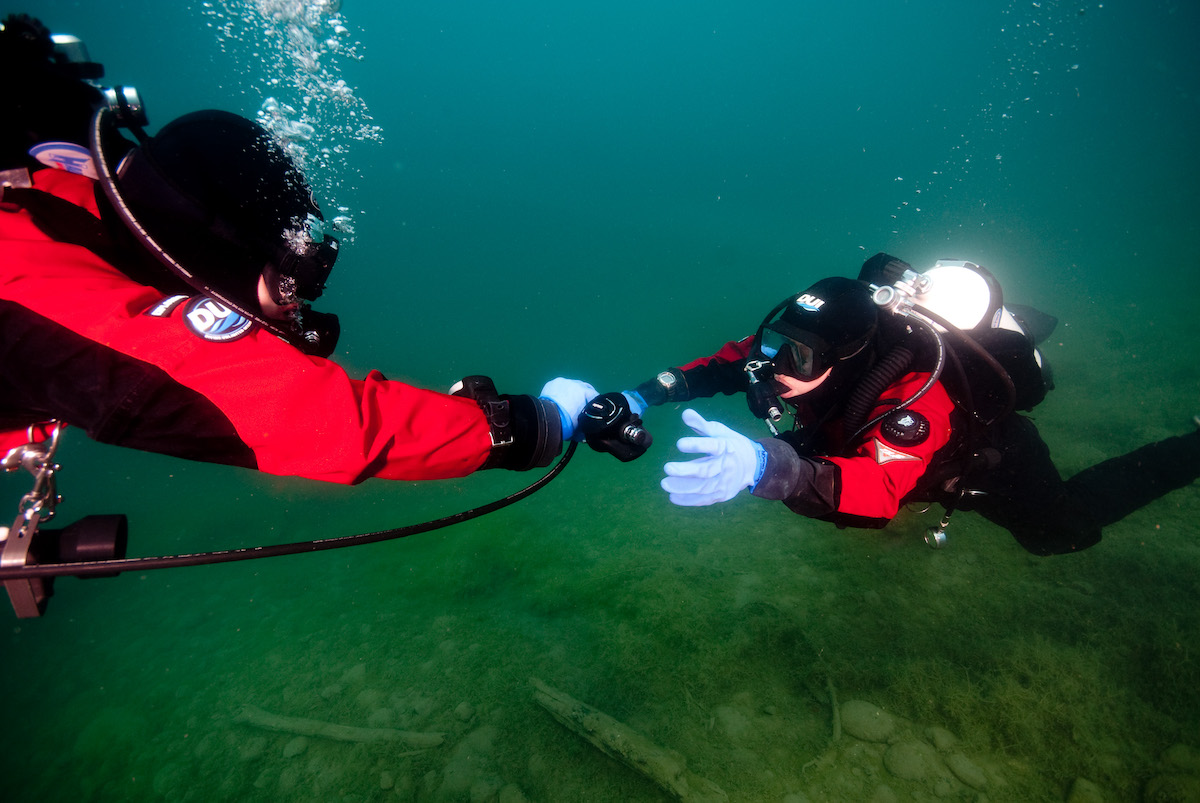
Training
There are so many training paths to choose from! New divers will often go to their local dive shop or club and simply ‘fall in’ with the associated agency. If and when we want to go beyond simple recreational into technical diving then there is a good chance the agency we’re already with offers the relevant training and they’ll be pleased to sell it to us. This will feel ok in our minds as we are biased to be happy maintaining the status quo and not spending effort and time looking elsewhere and taking ‘risk’ by using another instructor or agency. But what if there is someone else out there who can offer us better training or who can impart knowledge in a way that works better for us? Don’t be afraid to explore other options. We’re not all the same; we interact in different ways with different people. My full-time job involves teaching people to fly military jets and we deliberately fly with different students all the time. This provides the students with more opportunities to learn alternative ways of doing things and makes them better pilots.
To round up
For better or worse, all biases affect our decision making and we cannot avoid them. They are part of what makes us human. One way we can combat the negative effects of biases is simply an awareness that they exist. Hopefully, this blog achieves that and encourages you to consider that maintaining the Status Quo, while it might be the easy option, maybe isn’t the best way forward.

Mike spent 20 years in the Royal Air Force, most of it flying on frontline squadrons. He now works as a flying instructor in the Royal Australian Air Force teaching young pilots to fly fighters. As well as being an accomplished instructor, he is an experienced flying supervisor and holder of a commercial pilot’s licence.
He has been an active diver since 2015 and has around 300 dives in his logbook from as far north as Iceland and as far south as New Zealand. He works part-time as a Dive Master and is also an active CCR diver. Wrecks interest him the most but he gets just as much satisfaction taking groups to see Grey Nurse Sharks at his local dive sites.
Want to learn more about this article or have questions? Contact us.





